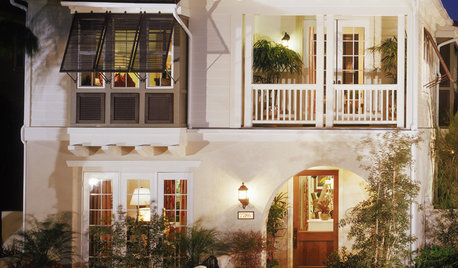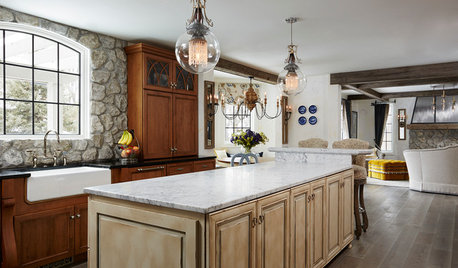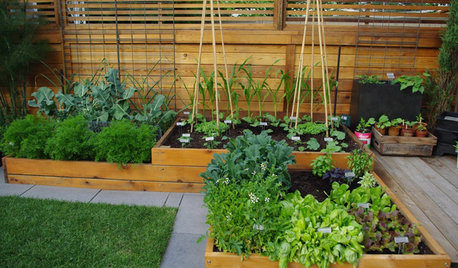Need to test bed methods...
Harimad
20 years ago
Related Stories

HOUSEKEEPINGGet Those Carpet Stains Out: Best Nontoxic Methods for Spot Cleaning
Banish blotches the safe way with pantry staples, to get your rugs looking as clean as the day they came home
Full Story
See How TVs Are Passing the Designer Test
Better-looking televisions and electronics come out of the armoire, into the room's design
Full Story
ARCHITECTURETime-Tested, Low-Tech Ways to Cool a Home
People have been beating the heat around the world for centuries without plugging anything in. Could these ideas work for your home today?
Full Story
KITCHEN OF THE WEEKKitchen of the Week: Designed to Stand the Test of Time
Ageless beauty abounds in this elegant European-inspired kitchen in Minnesota
Full Story
FARM YOUR YARDHow to Build a Raised Bed for Your Veggies and Plants
Whether you’re farming your parking strip or beautifying your backyard, a planting box you make yourself can come in mighty handy
Full Story
LIFE6 Ways to Cool Off Without Air Conditioning
These methods can reduce temperatures in the home and save on energy bills
Full Story
KITCHEN CABINETSChoosing New Cabinets? Here’s What to Know Before You Shop
Get the scoop on kitchen and bathroom cabinet materials and construction methods to understand your options
Full Story
BEDROOMS8 Frame and Bedding Matchups for a Beautifully Made Bed
Goodbye, sloppy sheets and carelessly tossed throw pillows; hello, bed looks skillfully put together for sweet slumber
Full Story
URBAN GARDENSExperiments Aplenty Fill Vancouver Edible Garden
Lush and brimming with test landscape plantings, a Canadian garden appeals to the eye and the palate
Full Story
BATHROOM DESIGNConvert Your Tub Space Into a Shower — Waterproofing and Drainage
Step 4 in swapping your tub for a sleek new shower: Pick your waterproofing materials and drain, and don't forget to test
Full Story
Sponsored






faithling
jlconno
Related Professionals
Glen Ellyn Landscape Architects & Landscape Designers · Oatfield Landscape Architects & Landscape Designers · Suffern Landscape Architects & Landscape Designers · Goodyear Landscape Contractors · McKinney Landscape Contractors · Biloxi Landscape Contractors · Cordele Landscape Contractors · Mahwah Landscape Contractors · Mission Bend Landscape Contractors · Rochester Landscape Contractors · Soddy Daisy Landscape Contractors · Clarksville Roofing & Gutters · Hull Roofing & Gutters · Cedar Hill Swimming Pool Builders · Shady Hills Swimming Pool Buildersmicrofarmer
gardenlad
mid_tn_mama